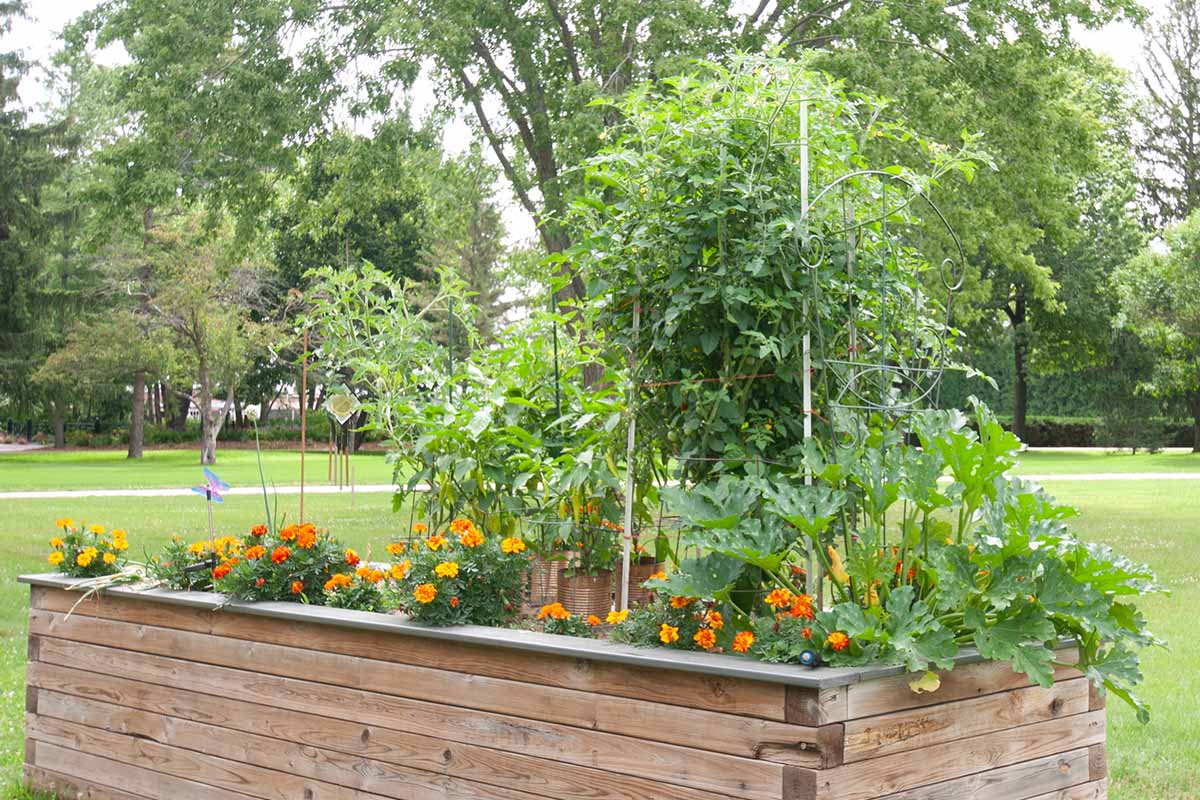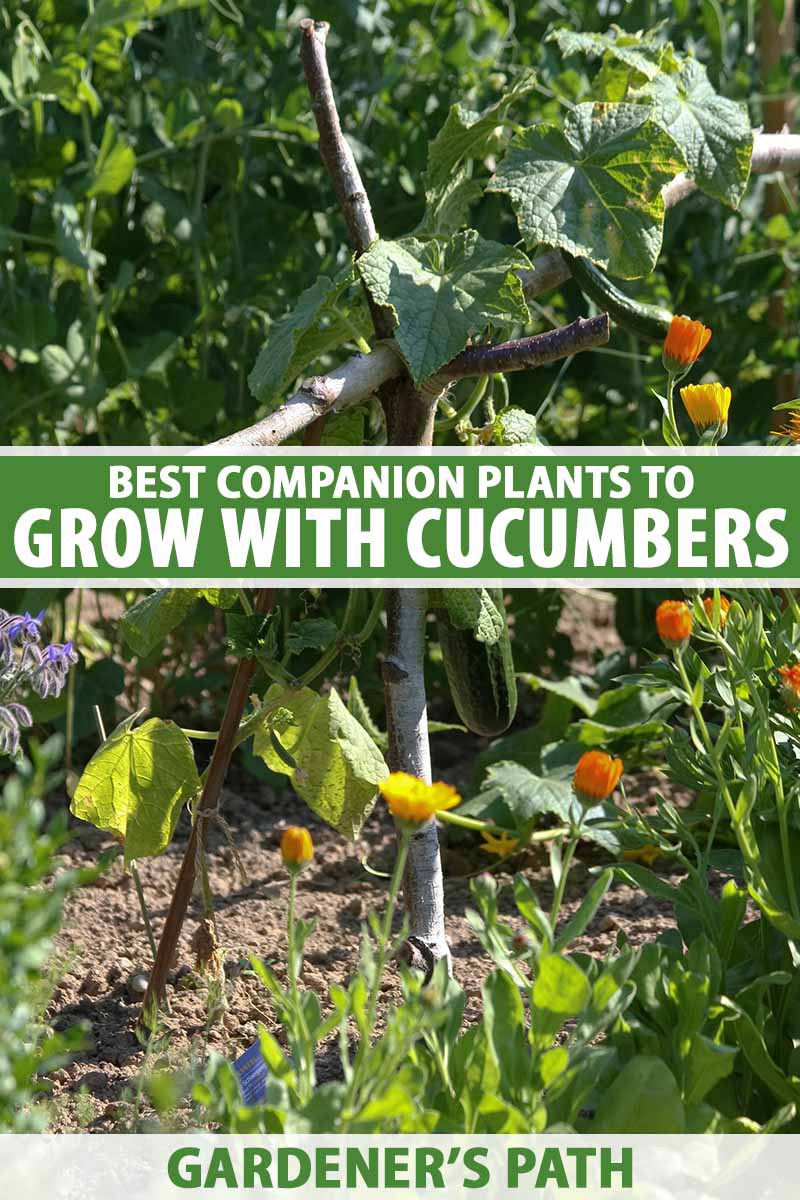Sga Companion Planting: The Ultimate Guide To Growing Healthy Pestfree Vegetables
SGA Companion Planting: The Ultimate Guide to Growing Healthy Pest-Free Vegetables
Companion planting is a gardening technique that involves planting certain types of plants together to benefit each other. This can be done to attract beneficial insects, deter pests, improve soil quality, or simply to make the garden more visually appealing.
There are many different ways to companion plant, and the best combinations will vary depending on the specific plants you are growing and the climate in your area. However, there are some general principles that can help you get started.
Attracting Beneficial Insects
One of the most important benefits of companion planting is that it can help attract beneficial insects to your garden. These insects, such as ladybugs, lacewings, and praying mantises, prey on pests that can damage your plants. By planting flowers and herbs that these insects are attracted to, you can create a more pest-resistant garden.
Some of the best plants for attracting beneficial insects include:
- Marigolds: Marigolds are a popular companion plant for tomatoes, peppers, and eggplants. They emit a scent that repels nematodes, which are microscopic worms that can damage plant roots. Marigolds also attract ladybugs, which prey on aphids.
- Nasturtiums: Nasturtiums are another great choice for attracting beneficial insects. They attract hoverflies, which prey on aphids, whiteflies, and other pests. Nasturtiums also deter cabbage loopers and other moth larvae.
- Fennel: Fennel is a tall, grassy plant that attracts beneficial insects such as bees, wasps, and butterflies. These insects help pollinate your plants, which can lead to a better harvest. Fennel also deters carrot flies and cabbage moths.
- Chives: Chives are a pungent herb that deters aphids, cabbage loopers, and other pests. They also attract pollinators such as bees and butterflies.
- Garlic: Garlic is another strong-scented herb that deters pests such as aphids, mosquitoes, and deer. It also attracts beneficial insects such as ladybugs and lacewings.
Deterring Pests
In addition to attracting beneficial insects, companion planting can also help deter pests. Some plants release chemicals that repel certain types of insects. For example, marigolds emit a scent that repels nematodes, while nasturtiums attract hoverflies, which prey on aphids.
Other plants can actually trap or entangle pests. For example, nasturtiums have sticky leaves that can trap aphids, and okra plants have sharp spines that can deter rabbits and other small animals.
Some of the best plants for deterring pests include:
- Beans: Beans attract parasitic wasps that prey on tomato hornworms and other pests. They also help to suppress weeds.
- Carrots: Carrots release a chemical that repels carrot flies. They also attract beneficial nematodes that help to control other pests.
- Cucumbers: Cucumbers attract ladybugs, which prey on aphids. They also help to suppress weeds.
- Eggplant: Eggplant releases a chemical that repels Colorado potato beetles. It also attracts beneficial nematodes that help to control other pests.
- Leeks: Leeks release a chemical that repels aphids, cabbage loopers, and other pests. They also help to suppress weeds.
Improving Soil Quality
Some companion plants can also help to improve the soil quality in your garden. For example, legumes such as beans and peas fix nitrogen in the soil, which can benefit other plants. Other plants, such as comfrey and yarrow, can help to improve drainage and aeration of the soil.
Some of the best plants for improving soil quality include:
- Beans: Beans fix nitrogen in the soil, which can benefit other plants. They also help to suppress weeds.
- Cabbage: Cabbage leaves contain a substance that helps to break down organic matter in the soil.
Conclusion
Companion planting is a great way to improve the health and productivity of your garden. By planting certain types of plants together, you can attract beneficial insects, deter pests, improve soil quality, and simply make your garden more visually appealing.
There are many different ways to companion plant, so do some research to find the combinations that are best suited for your specific needs. With a little planning, you can create a pest-free, productive garden that is a joy to behold.
Companion planting is a gardening practice that involves strategically planting different types of plants together to create beneficial relationships. Some plants can help to deter pests, attract beneficial insects, or improve the soil quality for their neighbors. For example, tomatoes and basil are often planted together because basil can help to repel pests that target tomatoes.
If you're interested in learning more about companion planting, I recommend visiting the website of the Sustainable Gardening Australia (SGA). The SGA has a comprehensive guide to companion planting that includes information on a variety of different plants, as well as tips on how to create successful companion planting combinations.
The SGA website also offers a variety of other resources for gardeners, including articles on organic gardening, composting, and water conservation. Whether you're a beginner or an experienced gardener, you're sure to find something useful on the SGA website.
FAQ of sga companion planting
- What is SGA companion planting?
SGA companion planting is a gardening technique that uses the natural relationships between plants to improve crop yields and deter pests and diseases. By planting certain plants together, gardeners can create a mutually beneficial environment where each plant can thrive.
- What are the benefits of SGA companion planting?
There are many benefits to using SGA companion planting in your garden. Some of the most common benefits include:
- Increased crop yields: Companion plants can help to attract pollinators, which can increase the pollination of your crops and lead to higher yields. They can also help to suppress weeds and pests, which can also free up your time and resources so you can focus on other tasks.
- Improved soil health: Companion plants can help to improve the overall health of your soil by adding nutrients, breaking down organic matter, and suppressing diseases. This can lead to healthier plants and a more productive garden.
- Reduced pest and disease pressure: Companion plants can help to deter pests and diseases by releasing chemicals that are toxic to them. They can also act as a physical barrier to pests, making it difficult for them to reach your crops.
- Increased biodiversity: Companion planting can help to increase the biodiversity of your garden by attracting a variety of beneficial insects and animals. This can help to create a more balanced ecosystem and make your garden more resilient to pests and diseases.
- How do I choose the right companion plants?
When choosing companion plants, it is important to consider the specific needs of your crops and the climate in your area. There are many resources available online and in libraries that can help you to find compatible companion plants. Some general tips for choosing companion plants include:
- Consider the growth habits of the plants. Some plants, such as tomatoes, grow tall and need plenty of space. Others, such as lettuce, grow low to the ground and can be planted closer together.
- Think about the sun exposure needs of the plants. Some plants, such as sunflowers, need full sun. Others, such as cucumbers, prefer partial shade.
- Consider the water needs of the plants. Some plants, such as tomatoes, need regular watering. Others, such as cacti, can tolerate dry conditions.
- Take into account the pest and disease resistance of the plants. Some plants are more susceptible to pests and diseases than others.
- How do I plant companion plants?
When planting companion plants, it is important to follow the specific instructions for each plant. However, some general tips include:
- Plant companion plants in close proximity to each other. This will help them to benefit from each other's natural relationships.
- Plant companion plants in the correct location. Some plants prefer full sun, while others prefer partial shade.
- Water companion plants regularly. The amount of water needed will vary depending on the plants and the climate.
- Fertilize companion plants as needed. The frequency of fertilization will vary depending on the plants and the soil quality.
- Where can I learn more about SGA companion planting?
There are many resources available online and in libraries that can teach you more about SGA companion planting. Some of these resources include:
- The Companion Planting Handbook by Ruth Stout
- The Vegetable Gardener's Companion Planting Guide by Louise Riotte
- The Ultimate Guide to Companion Planting by Mel Bartholomew
- Companion Planting for Gardeners by Sasha Truswell
- The New Victory Garden Companion Planting Guide by Barbara Damrosch
Image of sga companion planting
5 different images of "sga companion planting" from Pinterest:
- Nasturtium and potatoes. Nasturtium is a flowering plant that repels pests such as aphids, beetles, and whiteflies. It can be planted near potatoes to help protect them from these pests.

- Marigolds and tomatoes. Marigolds are another flowering plant that repels pests. They can be planted near tomatoes to help protect them from pests such as nematodes, tomato hornworms, and whiteflies.

- Beans and corn. Beans and corn are two plants that benefit each other when planted together. Beans fix nitrogen in the soil, which corn can use. Corn provides shade for beans, which helps to protect them from the sun.

- Cucumbers and basil. Cucumbers and basil are two plants that complement each other's flavors. Basil can also help to deter pests from cucumbers.

- Carrots and onions. Carrots and onions are two plants that do not compete for the same nutrients. They can be planted together to help each other thrive.

Post a Comment for "Sga Companion Planting: The Ultimate Guide To Growing Healthy Pestfree Vegetables"